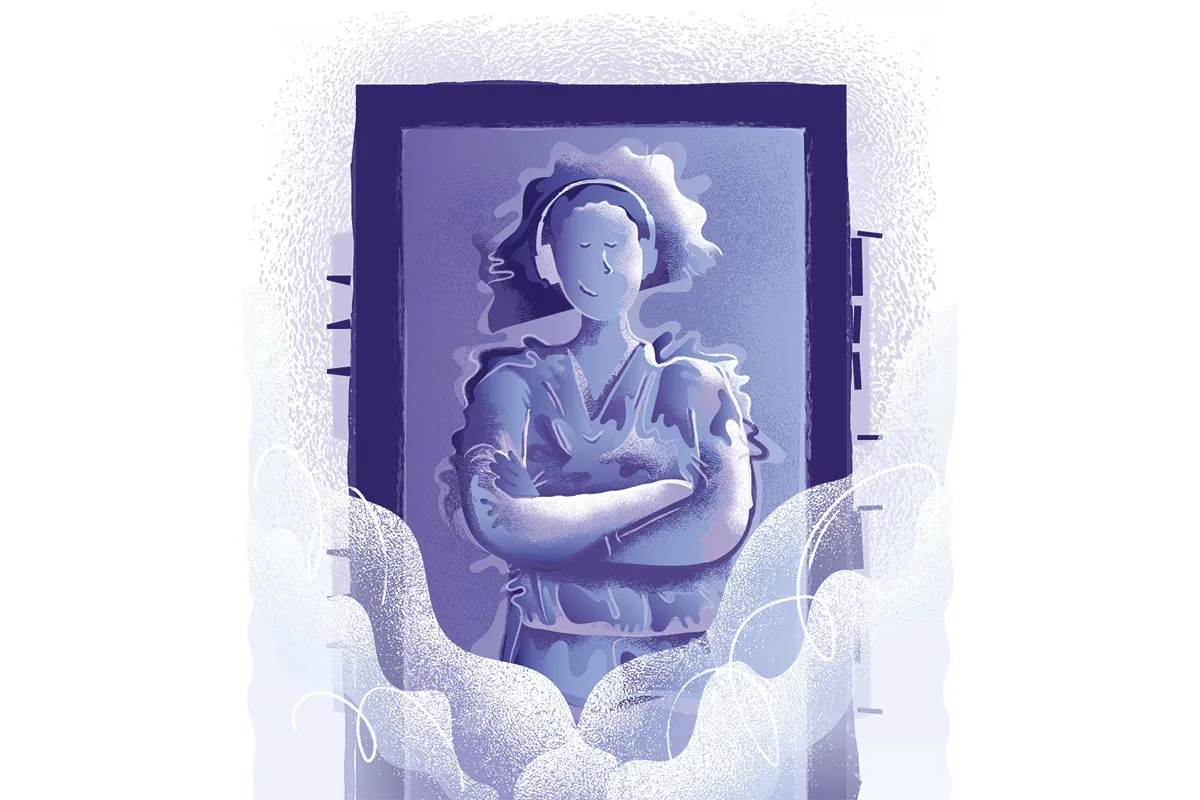In Star Wars: The Empire Strikes Back, Han Solo achieves every billionaire’s wildest dream by being frozen alive in cryogenic stasis – proof, as if it was needed, that he really is the coolest guy in the galaxy.
Solo is frozen as an experiment by Darth Vader and Boba Fett (the latter returning to our screens in The Book Of Boba Fett, streaming on Disney+ from 29 December) to see if he would survive the ‘carbon freezing’ process. Fortunately, he does. But according to Gary Bryant, a physics professor at RMIT University in Melbourne, Australia, Solo wouldn’t have been so lucky in reality.
“There’s no evidence of any cryoprotectant being injected into his body and there’s no human cell you can freeze without adding cryoprotectant first,” he says. This is because when the human body (which is mostly water) is frozen, ice crystals form inside cells, which destroys them.
Cryoprotectant prevents that, but there’s a catch. For even if Solo did have his bodily fluids replaced with cryoprotectant, it would have killed him anyway – because the cocktail of chemicals in cryoprotectant is lethally toxic. “You’d just be left with the skeleton and the dead cells, like the skin,” says Bryant. “The brain certainly wouldn’t survive.”
This is why, according to Bryant, the idea of cryogenically freezing a live human being is “a long way from possible.” In the real world, cryopreservation is mainly used in fields such as fertility, to preserve eggs and sperm, and in scientific research, where cells such as cancer cells are frozen in storage. But as far as the human body is concerned, the number of cells that can be frozen is limited.
“There are well over 200 types of cells in the human body, and we can freeze fewer than 10,” says Bryant. “Even then, we must freeze them under different conditions. So to freeze red blood cells we have to use very high concentrations of cryoprotectant. We must also freeze them quickly, because the cells respond fast to changes in their environment. White blood cells, we have to freeze slowly and use smaller amounts of cryoprotectant.”

All of this means that freezing the cells in a human body, where they’re all jumbled together, is hugely impractical.
There are companies that offer to cryogenically freeze people, but only after they’re dead. In 2016, for instance, a 14-year-old British cancer patient won a court case to have her body cryogenically frozen by an American firm called the Cryonics Institute. The logic – or hope – in cases like these is that one day science will reach a point where the frozen bodies can be revived and cured.
There’s a school of thought that this will be achieved through advancements in nanobot technology, with tiny robots reconstructing the body and brain. But it’s fair to say that Bryant is not convinced.
“We’d have to actually understand the brain enough to be able to reconstruct it,” he says. “We don’t have any idea what the brain does. We don’t know how memories or knowledge are stored. We don’t know how people’s reactions are stored. The brain is what makes you you, and that’s what you want to preserve.”
Bryant thinks that companies like the Cryonics Institute are exploiting vulnerable people’s fear of death. “People are being given false hope,” he says. “There’s absolutely no way of those bodies being recovered. It’s not just about preservation anymore. They’re also saying, ‘Okay, now we’ve got to bring people back from the dead.’” And even if Han Solo did like the odds, “preservation and reanimation are two wholly different impossibilities.”
Verdict:It doesn’t matter how strongly the Force might run through your veins, nobody is going to survive being frozen alive.
About our expert, Professor Gary Bryant
Gary is Associate Dean (Physics) in the School of Science at RMIT University, Australia. He studies freezing and dehydration in biology, as well as light, neutron and X-ray scattering and phase transitions.
Read more fromPopcorn Science:
